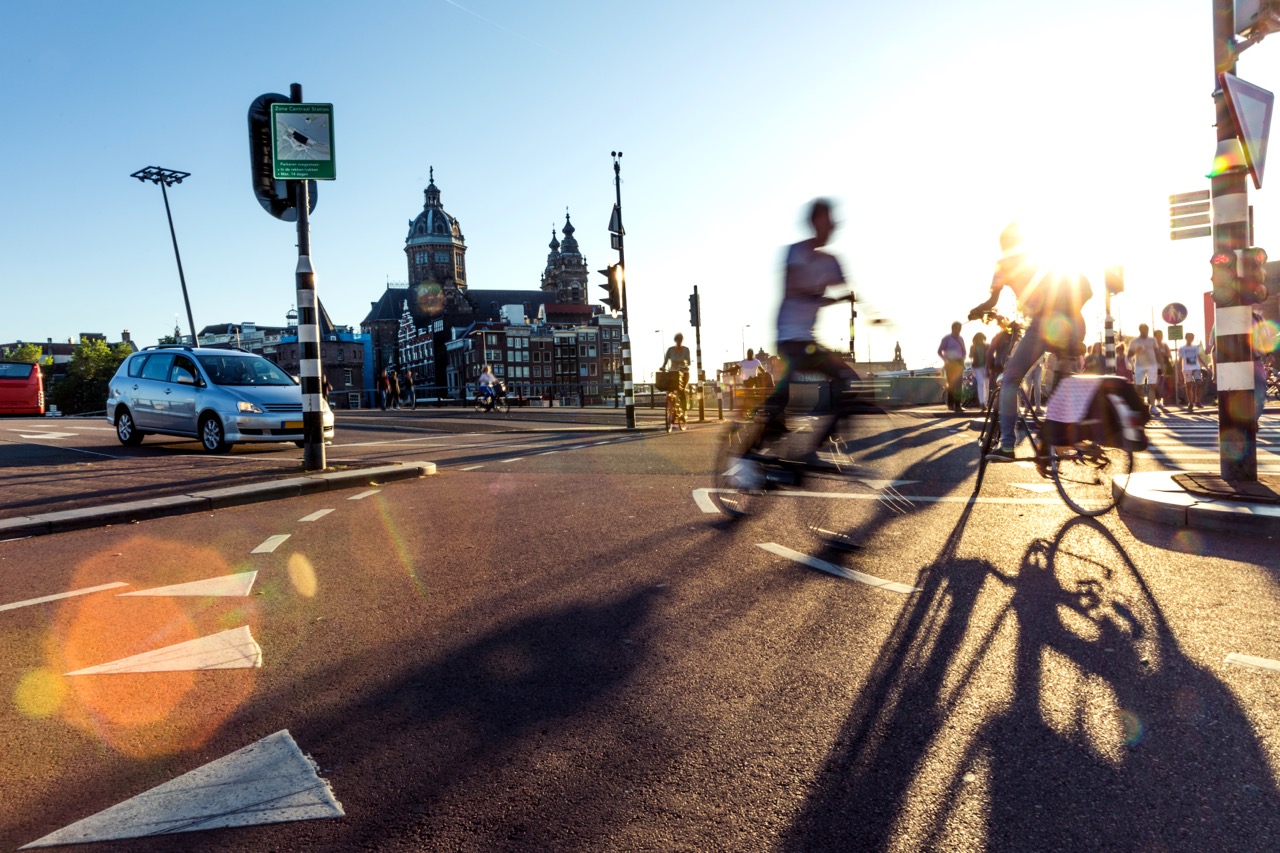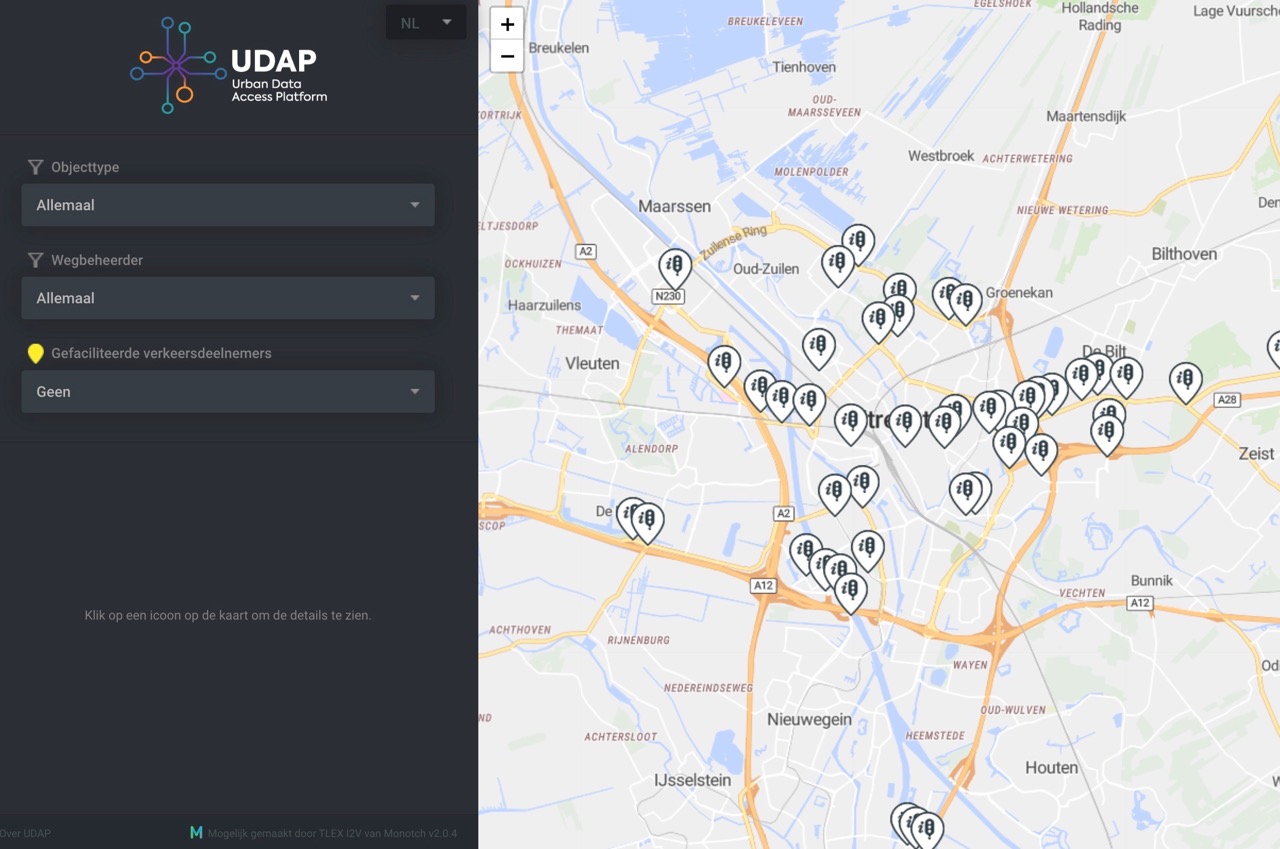technology behind
Talking Traffic
The Talking Traffic chain makes optimal use of existing facilities. Existing traffic lights are converted to intelligent traffic lights, information is offered via the smartphone or built-in navigation, and for data exchange we use the existing telecom network. This ensures that investments are relatively low and that any motorist with a smartphone can use the services.








